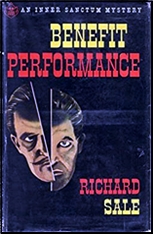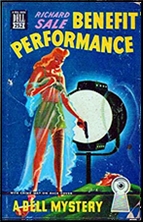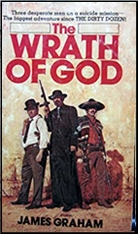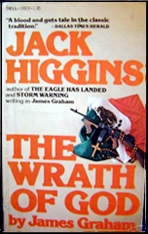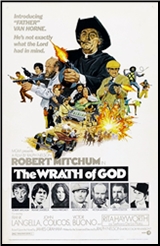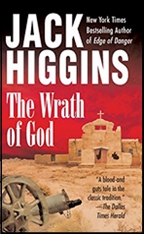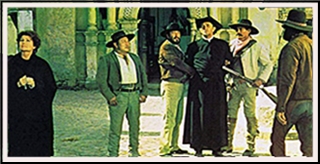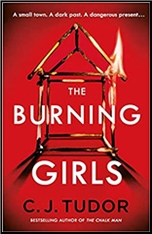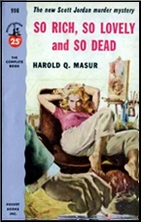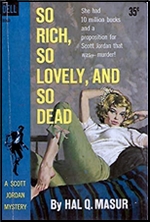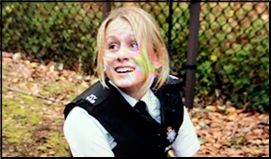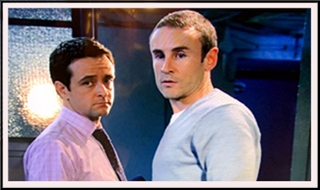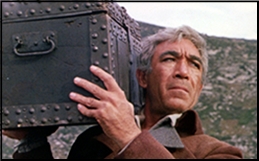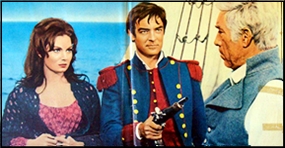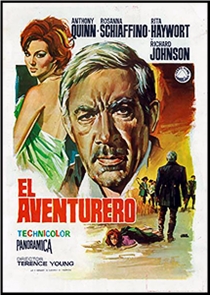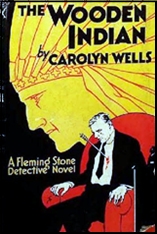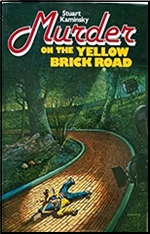Wed 18 May 2022
Reviewed by David Vineyard: RICHARD SALE – For the President’s Eyes Only.
Posted by Steve under Reviews[3] Comments
RICHARD SALE – For the President’s Eyes Only. Simon & Schuster, hardcover, 1971. Bantam, paperback, 1972. British title: The Man Who Raised Hell (Cassell, hardcover, 1971).
Still, a dead leopard on the runway didn’t make sense.
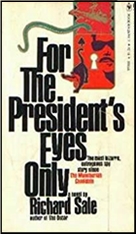
Sam Carson, ex U.S. Navy genius electronics expert an, part Sioux Indian, currently working at McMurdo Station helping communications studies done on Weddell seals is surprised when Air Force One shows up on the landing strip bearing Admiral John Jeremiah McCabe, acting chief of the National Security Agency and looking for him. It’s his own dead leopard on the runway and even when it is explained to him it doesn’t quite make sense.
Intelligence has uncovered something called Keyhole, a Club that deals in extortion, blackmail, murder, and high level espionage and Carson is the only man who can help, not because he is Sam Carson, but because he is a physical match for 6’ 3†inch wealthy playboy, rakehell, and alcoholic half Crow Simon Kincade, and Kincade is the kind of target Keyhole likes. He’s also dead, but so far as the world knows is only missing.
When he is “rescued,†he will come back as Sam Carson whose job is to get himself blackmailed by the murderous Keyhole operation.
Keyhole has already killed, and a wealthy but shady Australian named Charlie Ravensmith is a key but too obvious suspect. A wider trail of possibly linked kills makes it imperative Keyhole be uncovered, and not surprisingly it’s invaluable blackmail information made available to Western Intelligence agencies.
They aren’t half as interested in exposing Keyhole as managing it.
The President of the United States himself is interested in this one.
In short order Carson finds himself going under the knife to make him closer to Kincade (James Bond never had his appendix removed for king and country) and introduced to his wife, Melisande Kincade, who he falls in love with while he has surgery and prepares for the mission in the Fiji islands in a savage kind of paradise.
Newly rescued and back on a rampage, Simon Kincade shows up in Nairobi with his entourage, mistreated wife Melisande, and Carson’s old friend now bodyguard full blood Shoshoni Willie Littlesky about to go on safari.
From that point on the plot moves swiftly with more twists and turns than an Agatha Christie novel, coming to one stunning climax in Africa on safari before moving to England for an even more shocking turn as Carson/Kincade and Littlesky dig deeper into the secrets of Keyhole, the duplicitous Charlie Ravensmith, and a curious group known as the Seven Needles, a cartel with offices around the world and in a gambling club called the Montebank in London.
Lady Darla Henley, code name Stitch is Chairman of the board, a randy and eccentric beauty; Dickerson a former New York newspaper columnist is code named Dart; Monty Wyndham a ghostly Canadian known as Scissor; Vittorio Tarantella, a former body guard for Lucky Luciano who runs the casino and is known as Seam; a phony French designer named Henri Dieu known as Hem with his killer lover Bane; Ninji Fukimora a lesbian half American half Japanese woman code named Tuck; and, Buffy Pristine, a black woman who may have murdered her wealthy Arab husband, code named Gore.
Stitch, Dart, Scissor, Seam, Hem, Bane, Tuck, and Gore. As Carson says, “Like Snow White and the Seven Dwarfs.â€
Not satisfied to do a mean Ian Fleming, Sale also does a mean Hemingway and Robert Ruark in the African sections all the while keeping his cards firmly up his sleeve with a bit of Richard Condon and James Michener thrown in the mix while the reader never quite knows which way the plot will twist and who, if anyone, can be trusted.
Even the writer is an unreliable narrator in this one.
Sale, of course, was a successful pulp writer (creator of Daffy Dill and Major Deen, the Cobra) turned mystery novelist, bestselling writer, screenwriter, film director, producer, and bestselling writer again. He directed and produced movies and television, and was married to Mary Loos, niece of the legendary Anita Loos (Gentlemen Prefer Blondes).
He was also an entertaining writer who penned at least three classic mystery novels, the scewball Lazarus #7 that James Sandoe called a “gay Hollywoodian gambol†(read it anyway the twist ending is a doozy), Passing Strange, and Benefit Performance. His mainstream novels include Not Too Narrow Not Too Deep, The Oscar, and White Buffalo, all made into films.
I don’t usually quote from other reviews, but The New York Times summed this one up pretty well:
That should tell you everything you could possibly need to know about this wild ride of a spy novel that is by turns, wry, witty, thrilling, smart, sophisticated, and tragic. Best of all it is all these globe trotting adventures are done tongue in cheek without ever laughing at itself or the reader but still keeping it clear that nothing is to be taken too seriously.
It is not particularly politically correct, though it pales before the likes of Joe Gall pr Matt Helm in general attitudes.
